Upon our arrival at the Taipei City Hall MRT Station, Jandy, Isha and I took the escalator up to the mall where we had an unusual and quick lunch of croissants at a pastry shop. That done, we went out the mall to a sidewalk waiting shed where, we were told, a free shuttle (scheduled to arrive by 12:30 PM) to Taipei 101 can be taken. It was starting to drizzle when the shuttle arrived to pick us up.
It was already raining quite hard when our shuttle arrived at Taipei 101’s parking lot, momentarily dashing any hope of us observing the iconic building from outside, much less taking good photographs. Instead, we decided to enter the multi-story, 185,806.51 sq. m. retail mall adjoining the tower. One of the newest shopping malls in Xin Yi District, it was opened on November 2003, a month before the office tower’s opening.
The posh mall’s 6 massive floors, 5 above and 1 basement, are home to hundreds of fashionable stores, restaurants, clubs and other attractions. Here, you can find many high-end stores of the most expensive fashion brands in the world under the LVMH group (Bulgari, Burberry, Calvin Klein, Celine, Chanel, Dior, Estee Lauder, Giorgio Armani, Louis Vuitton, Prada, Swarovski, Tommy Hilfiger, Van Cleef & Arpels, etc.) as well as top Swiss watch brands such as Breitling, Cartier, Hublot, Omega, Rolex, TAG Heuer, etc., truly a paradise for rich people. As commoners, it was much too rich for our taste so we just stuck to window shopping. The fourth floor Page One bookstore, from Singapore, houses the highest-roofed coffee house in Taipei.
The mall’s interior is modern in design even as it makes use of traditional elements. The curled ruyi symbol, an ancient symbol associated with heavenly clouds that connote healing, protection and fulfillment, is a recurring motif inside the mall. Many features of the interior also observe feng shui traditions.
Taipei 101 Mall: No. 45, Shifu Rd., Xin Yi District, Taipei City, Taiwan. Tel: (+886-2) 8101-8282, (+886-2) 8101-8934 and (+886-2) 8101-8939. Website: http://www.taipei-101.com.tw. Open daily, 11 AM-9:30 PM.



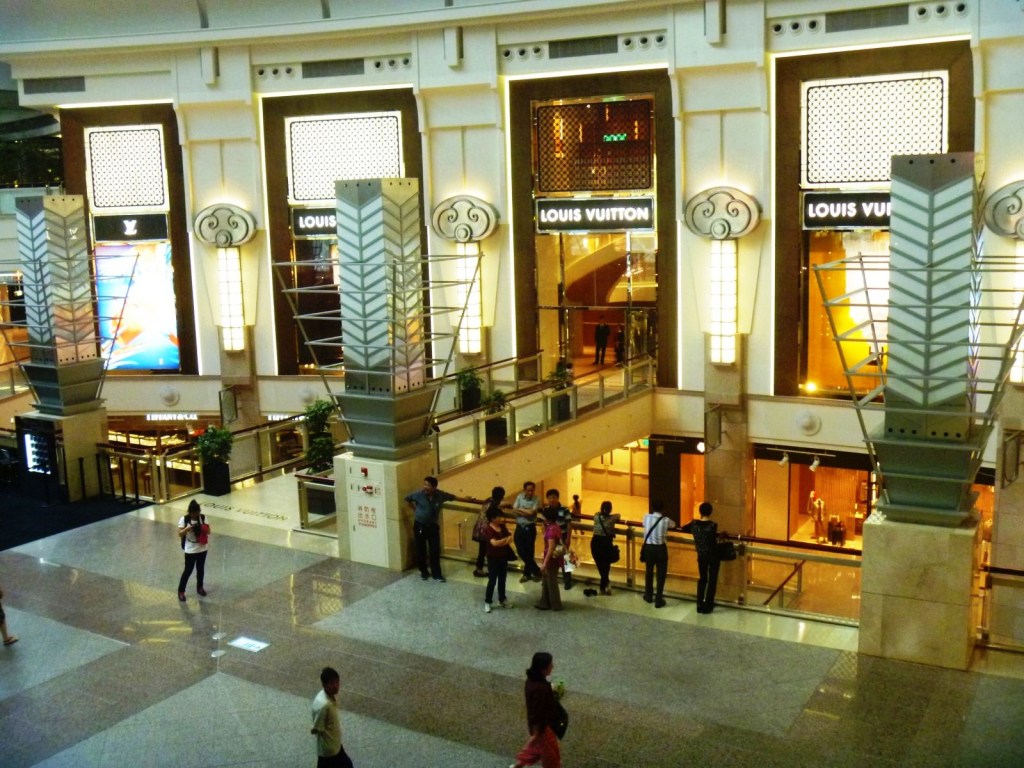











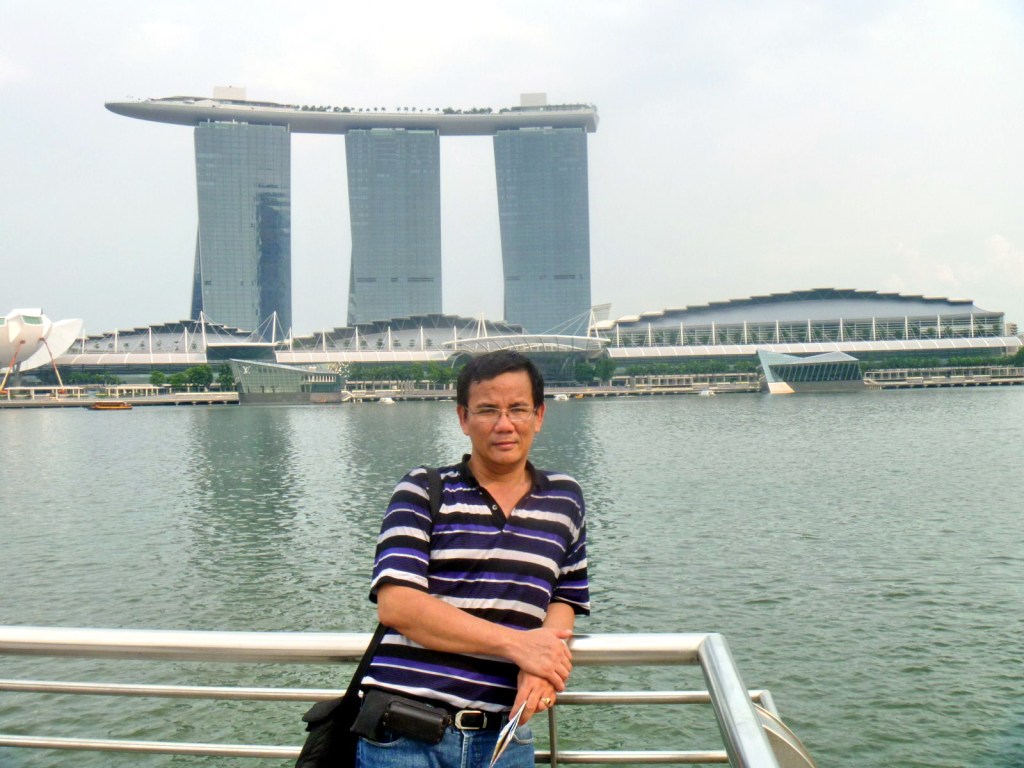
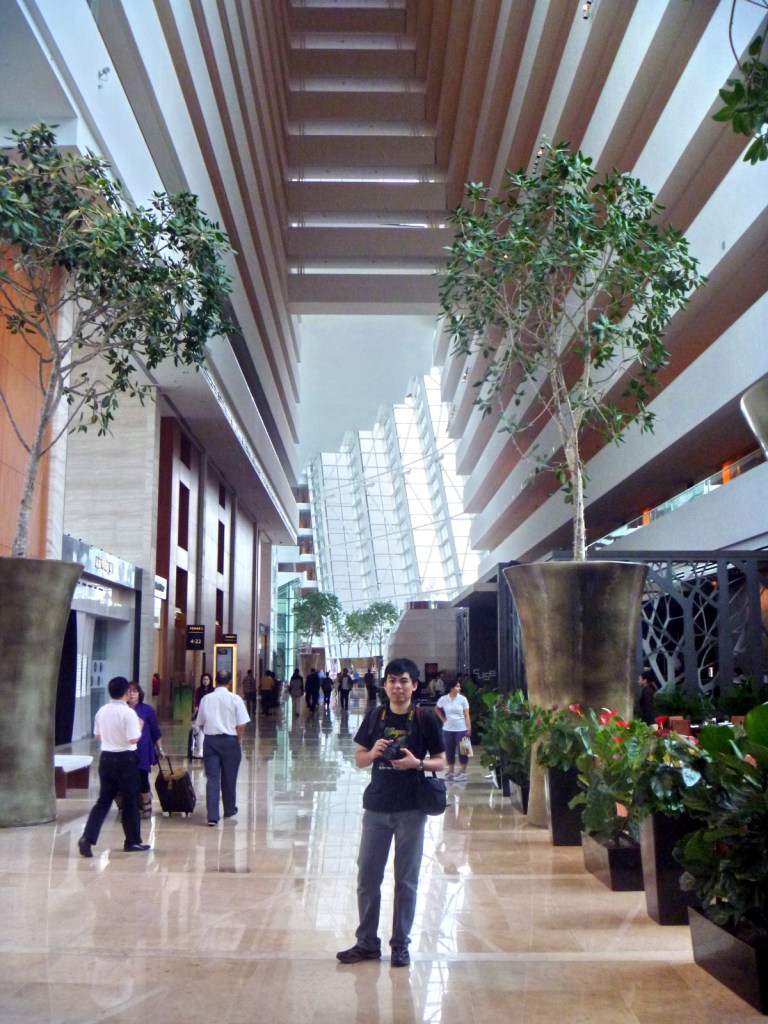
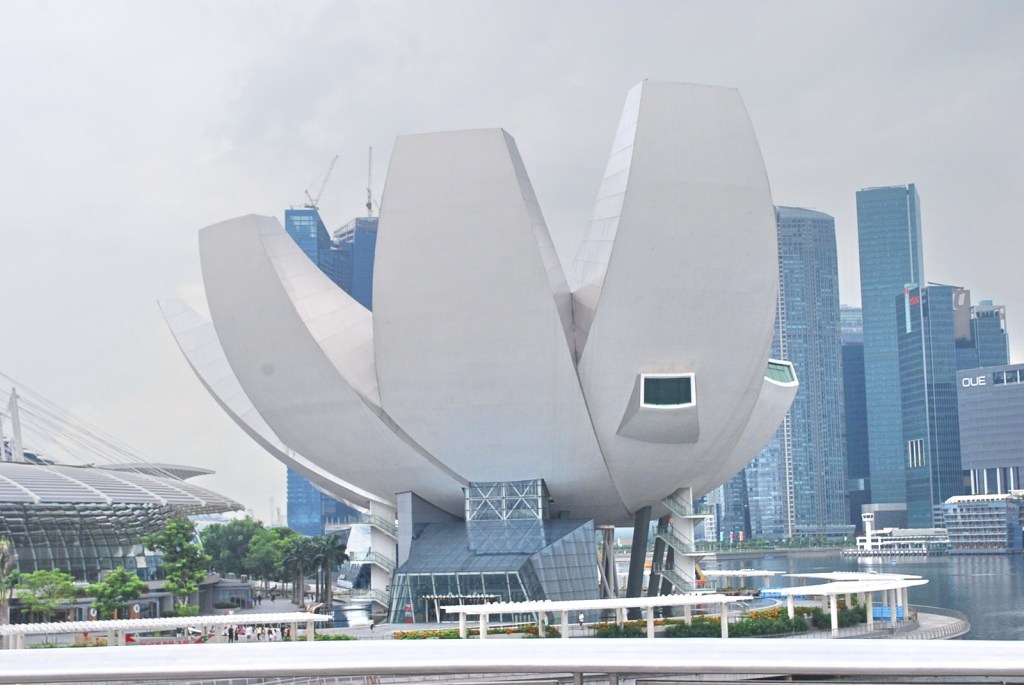
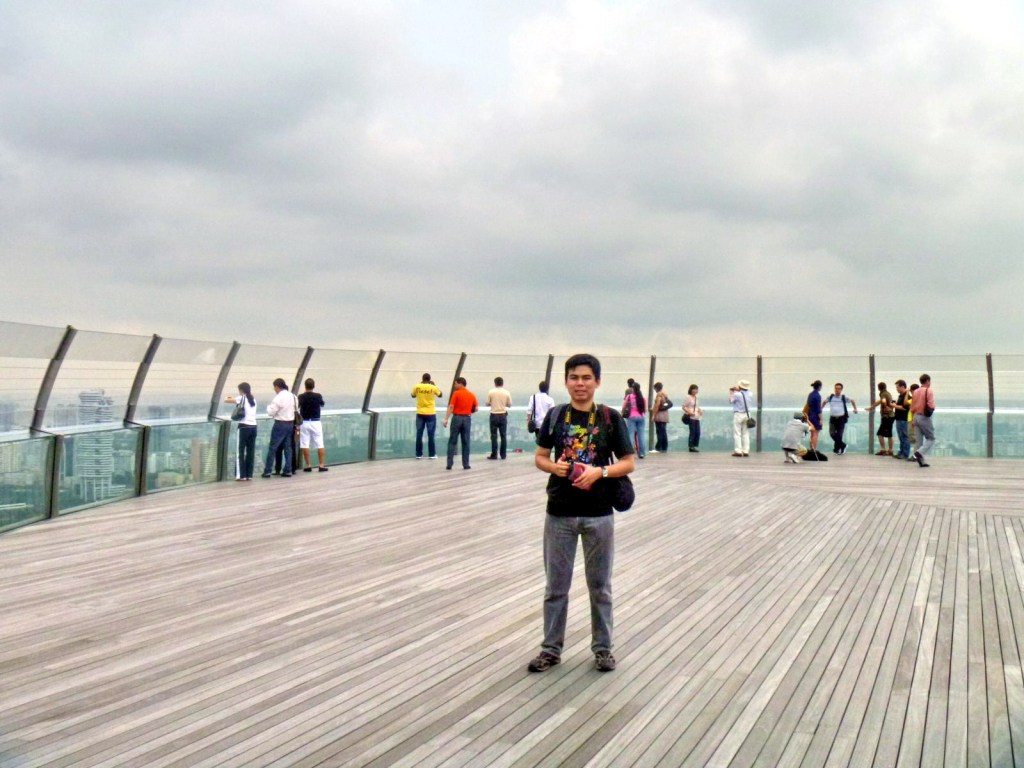
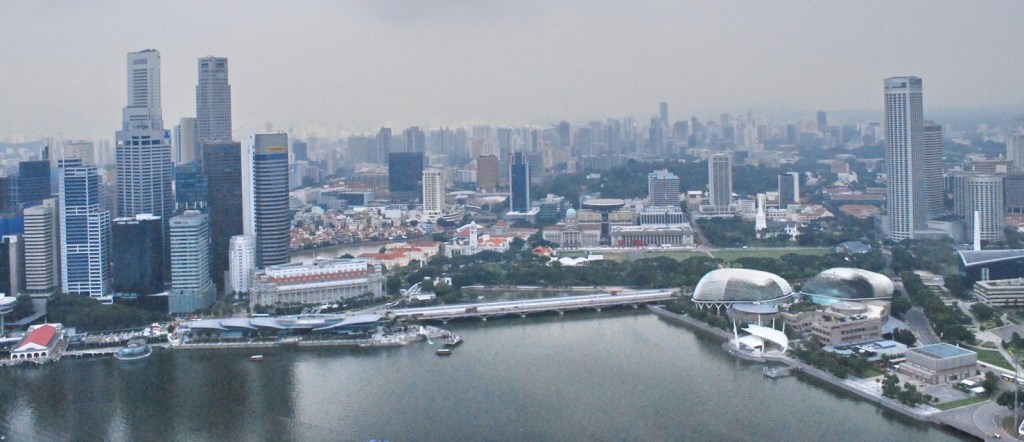
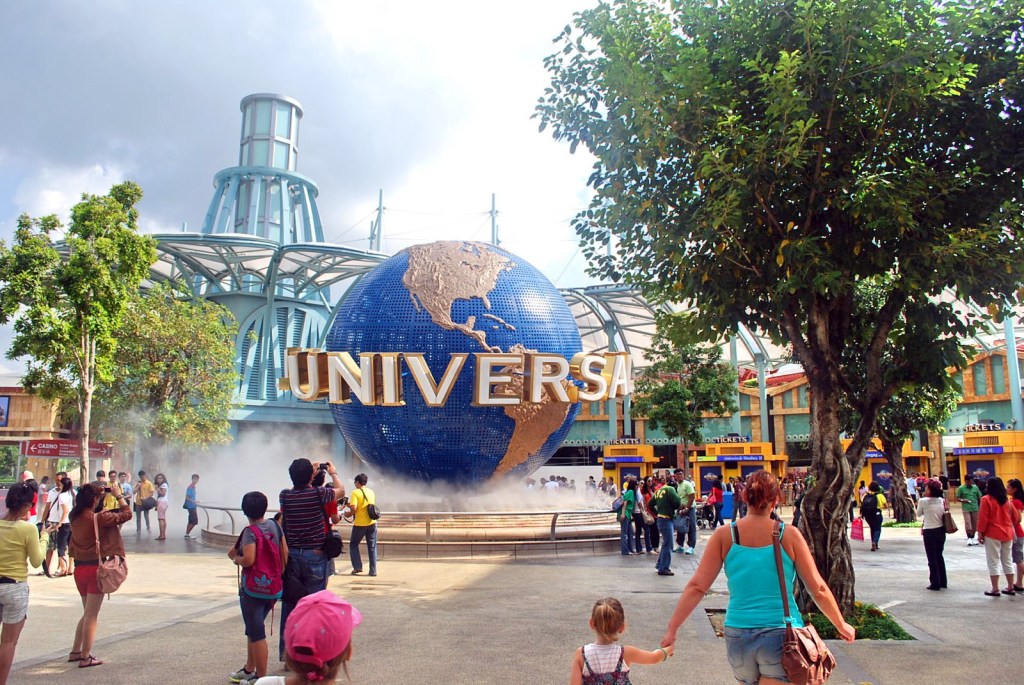
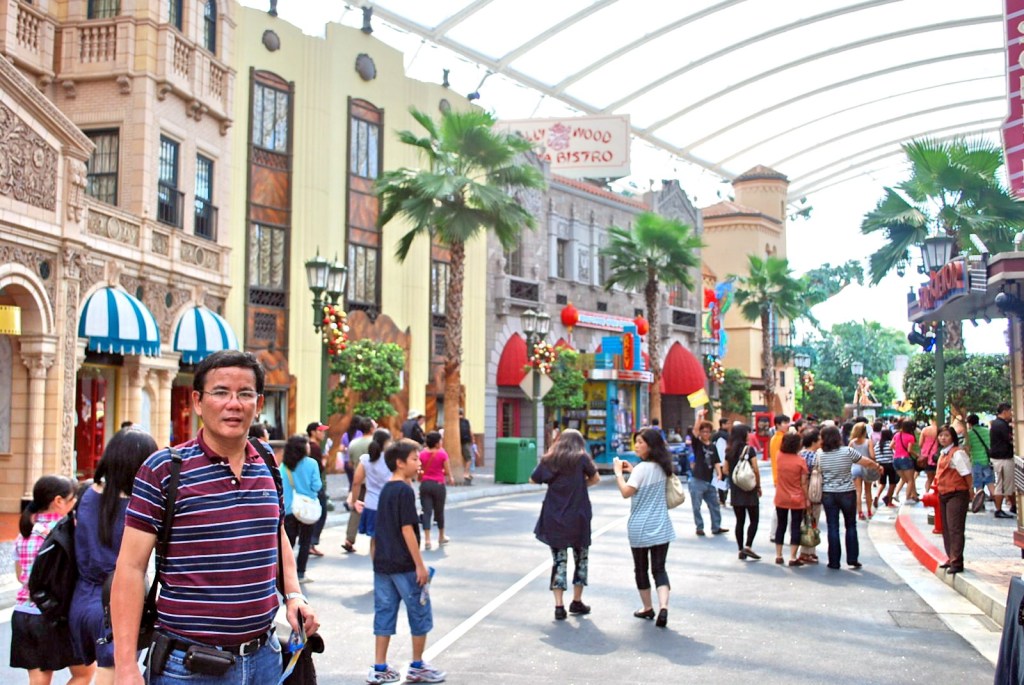
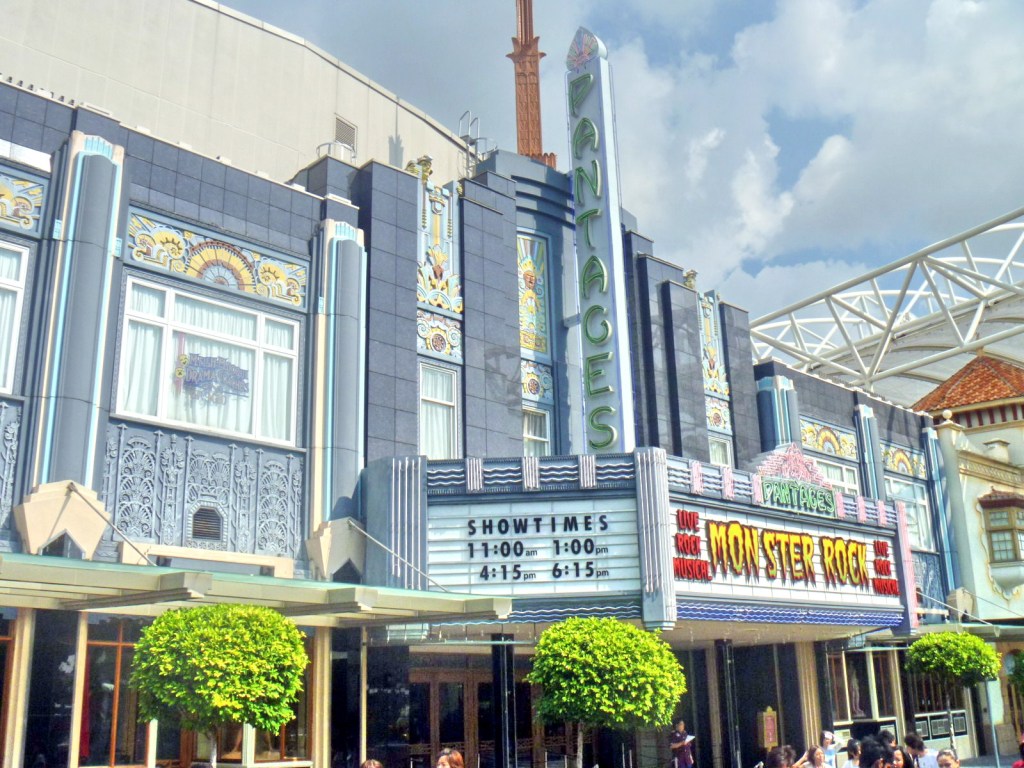
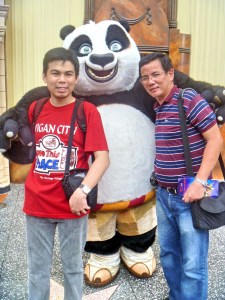
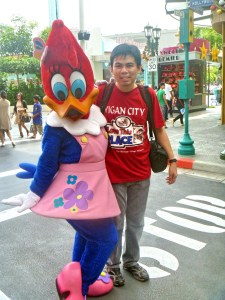
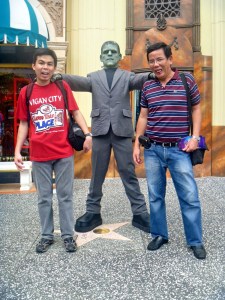
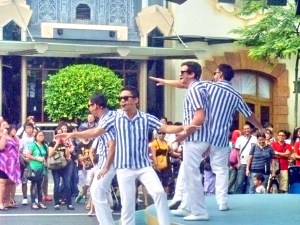
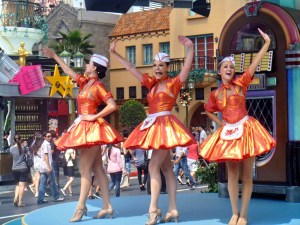
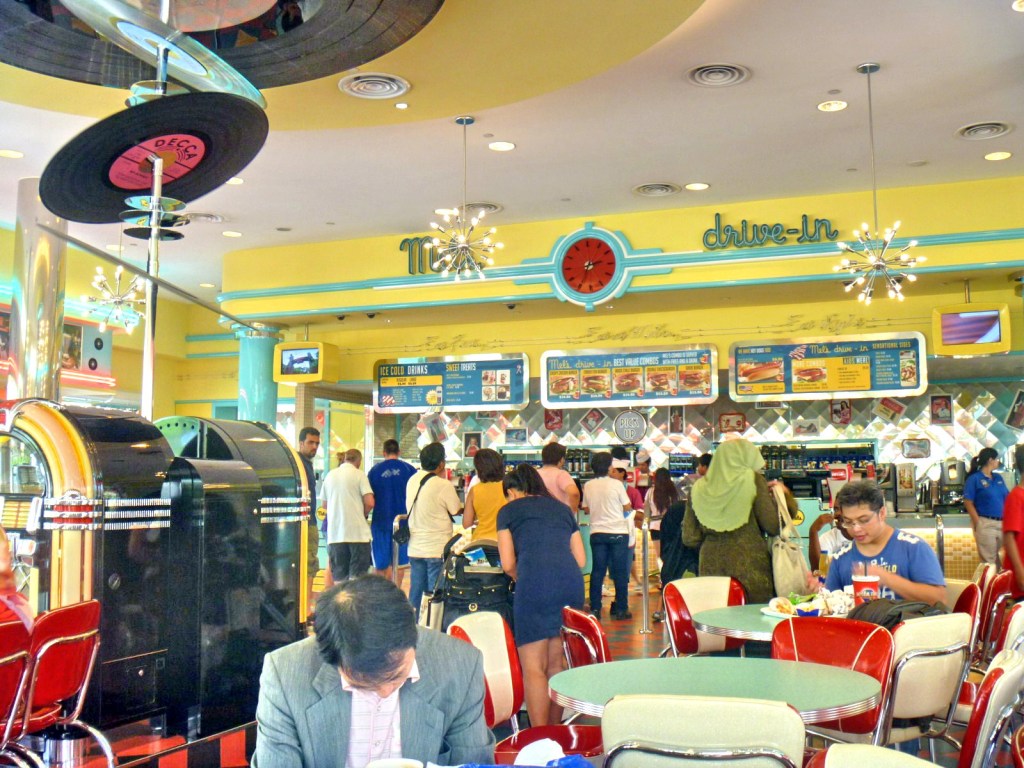
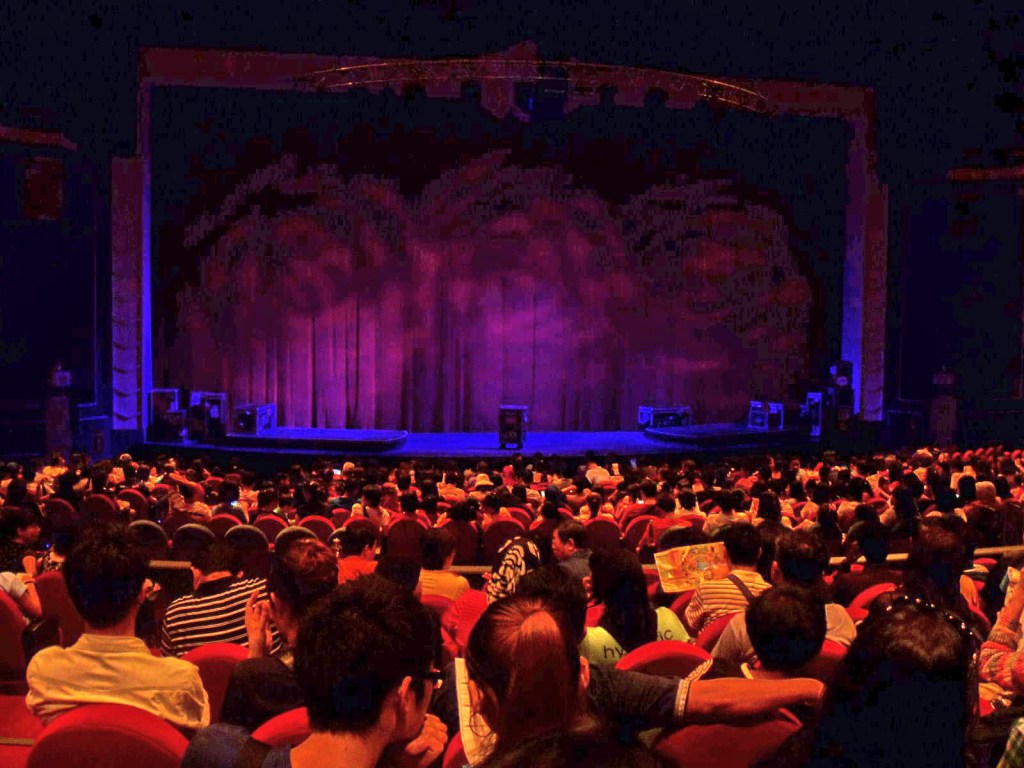
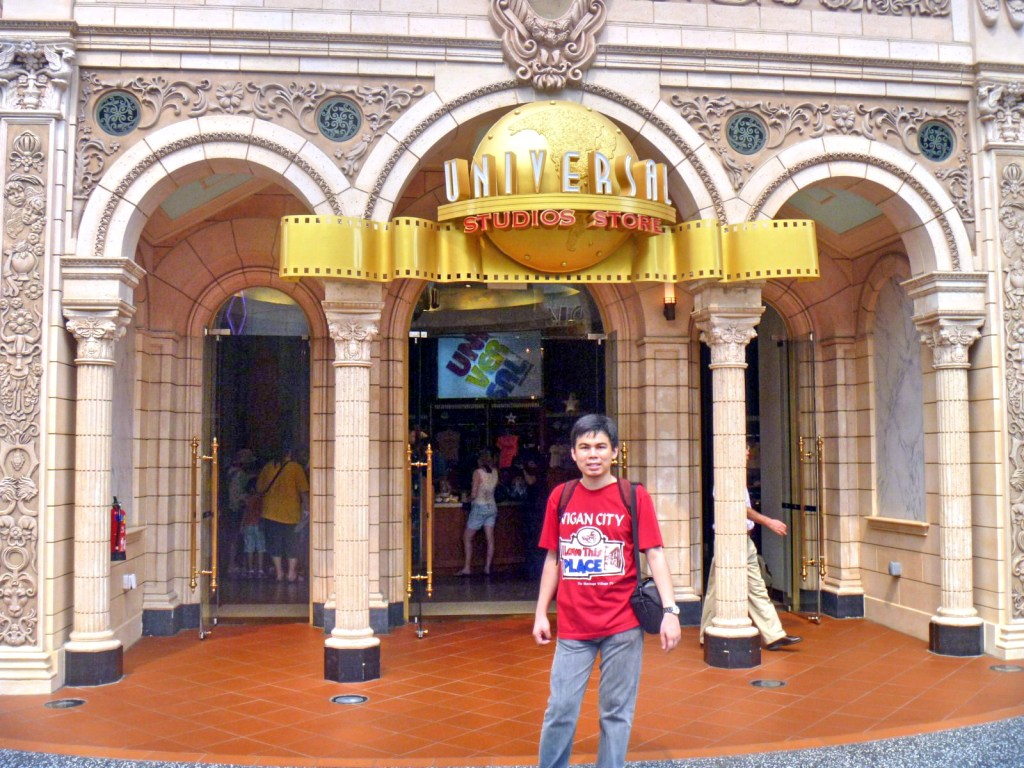
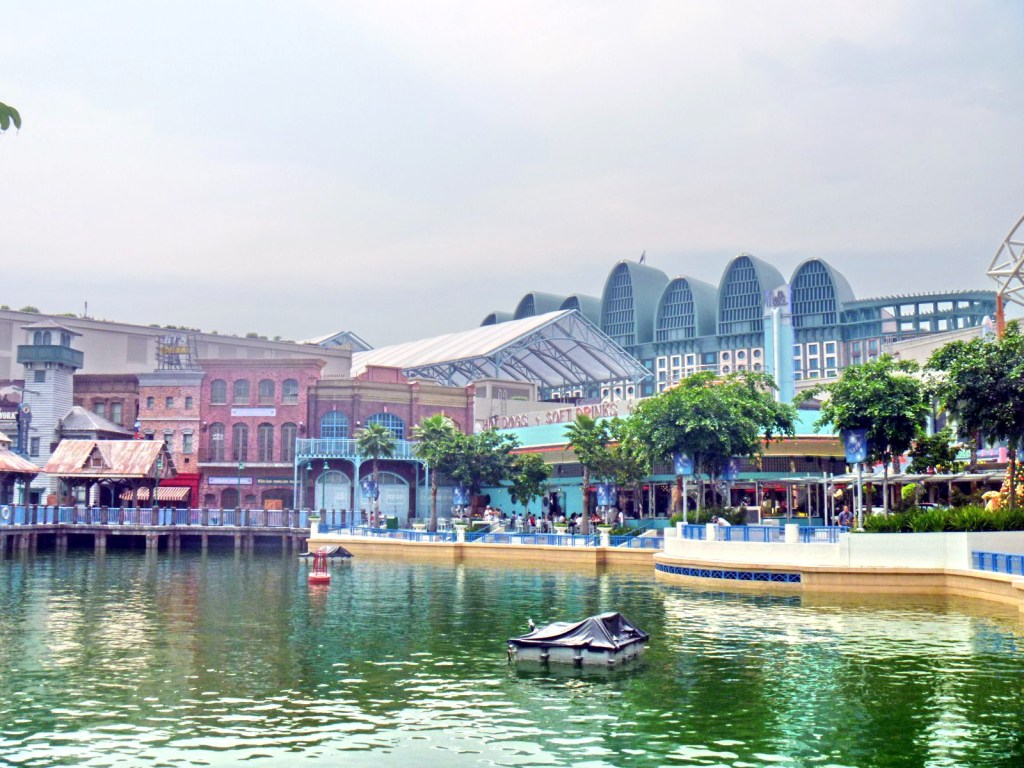
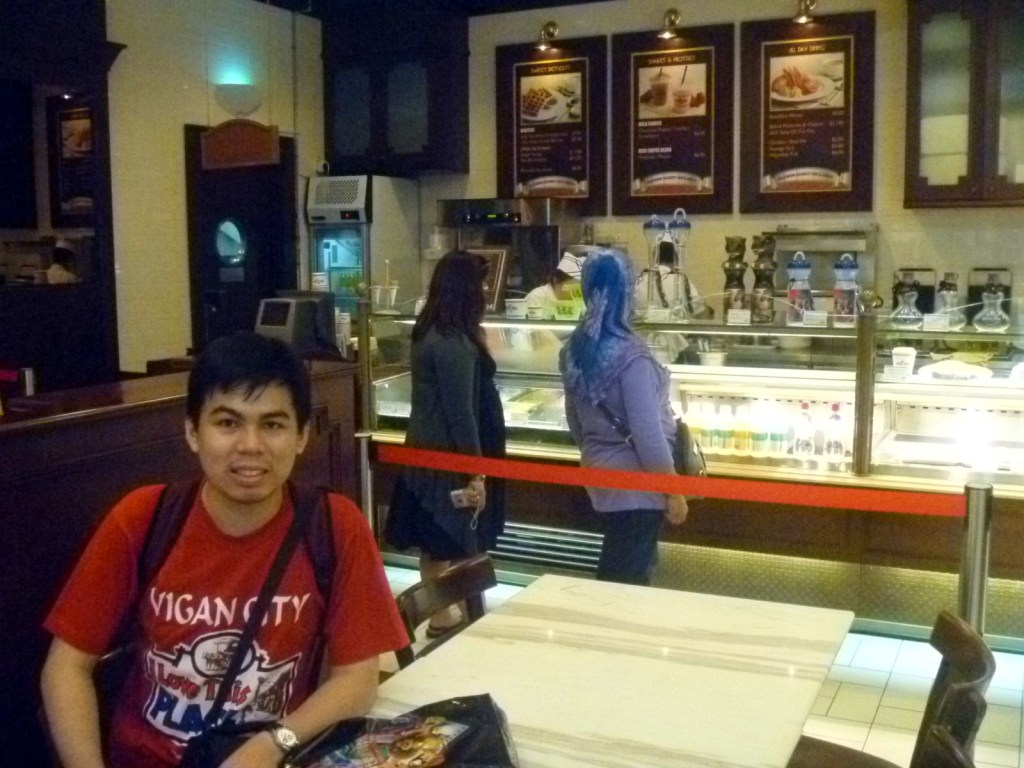
.jpg)
.jpg)







.jpg)
.jpg)
.jpg)
.jpg)
.jpg)
.jpg)
.jpg)
.jpg)









